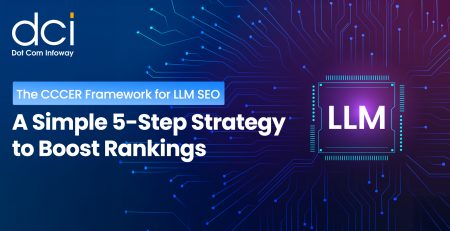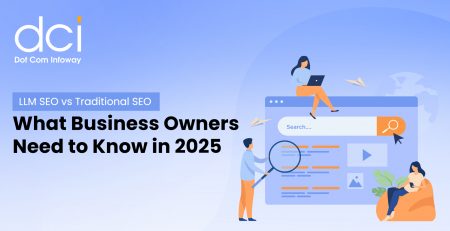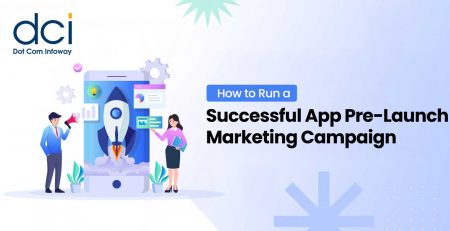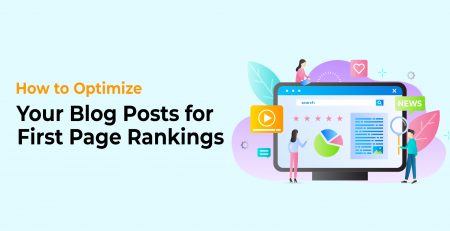Typical Mistakes to Avoid in App Retargeting
Retargeting campaigns can be used to great success when trying to reengage users. Getting people to download and install your app is just the first step. You then want to keep users engaged and in many cases, you want them to make a purchase. Instead of focusing your entire marketing budget on acquiring new users, you can, with a fraction of the cost, build a retargeting campaign that brings users back to your app, drives up engagement and increases conversions. Sounds good, right? However, there are many retargeting pitfalls that have to be avoided. Let’s see what they are.
1. Little to no audience segmentation
Not all users have the same retargeting needs. For example, a user might’ve installed your app, used it once, and then never opened it again, while another user might’ve gotten all the way to the checkout process, but never finalized the purchase. These two different users will require two different retargeting strategies. Using analytics, you can find out where users quit, and tailor retargeting campaigns towards the most valuable bottleneck. This retargeting strategy can be used to upsell, remonetize recent buyers, incentivize heavy shoppers, or rectify unfinished conversions.
2. Poor Geographic Targeting
This is a mistake that is specifically costly for online retailers. If you serve only a certain area, or if your costs start to become overbearing when you have to deliver products over longer distances, you want to make sure that your geographic targeting is on par.
However, poor geographic targeting can be a problem for other app types as well. Analytics can help out a lot here. You want to know where your best users come from, and how to best reach them.
3. Stifling ad distribution with interests and topics
This is an easy mistake to make, since adding interests and topics to refine your targeting seems like a very intuitive way to keep your customers in the loop. However, as is often the case, many apps lose users and customers when doubling down on strictly related topics. For example, a user might be researching a decision to make a purchase or take a desired action, and due to restrictive topic targeting, you will miss the opportunity to reengage that user. To avoid this, topic and interest targeting should remain as open as possible for the initial month or so after release. After that, you can use topics and interests to refine targeting, if you have gathered enough information on your customer’s journey.
4. Skipping the similar audiences feature
While a retargeting campaign is aimed at reengaging existing users, it’s always a good idea to have a backup plan for when you need to grow your user base. This is best done through Google’s “similar audiences” feature. This feature will allow AdWords to target audiences that have shared interests and characteristics with the users in your retargeting list. The best part is that the users you will be targeting will already have a strong preference for what you have to offer.
5. Not using conversion optimizer
Google’s conversion optimizer is a very powerful tool that rotates several ads, displaying the most effective ones more frequently than the others. If you have enough segmentation data at your disposal, conversion optimizer can help your retargeting efforts and give you a much needed competitive edge.
Conclusion
A successful retargeting campaign is based on precise measurements, iteration and sustained effort. Performance metrics in particular are very important to a retargeting effort. You also have to be prepared to make adjustments on the go as your user base and their habits evolve.















